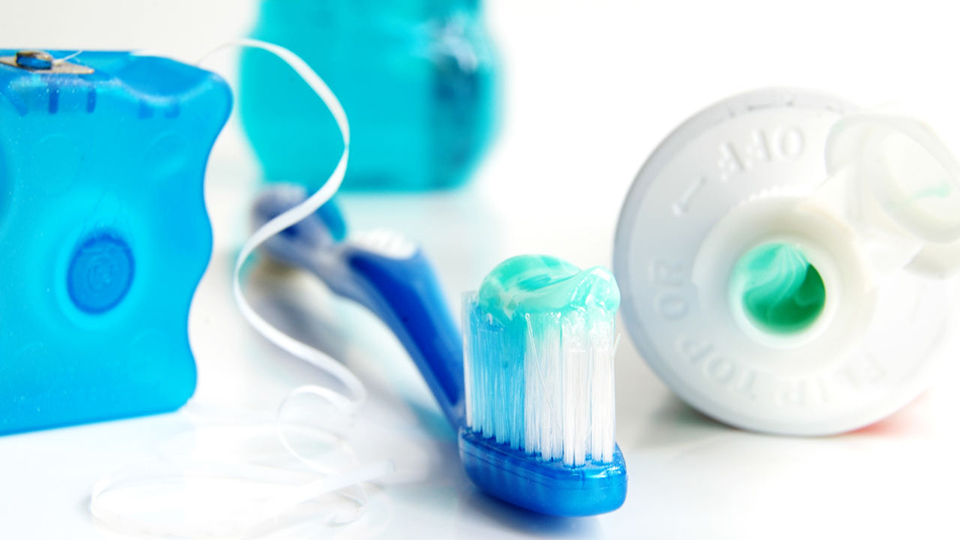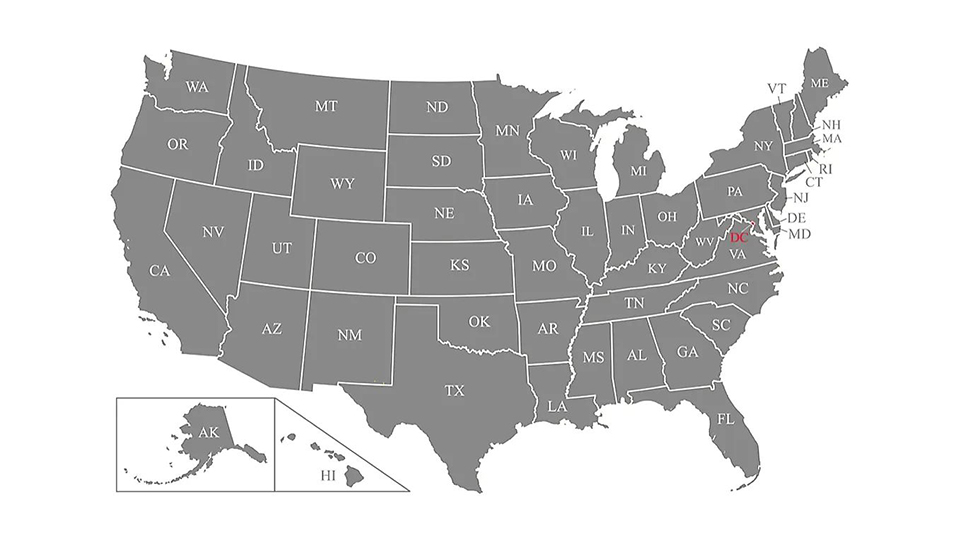What is Teledentistry

Teledentistry is the use of technology to offer and help with dental services. Through electronic information, imaging, and communication systems, patients can receive diagnosis, treatment, education, consultation, and transferable health data.
Traditional Dentistry vs Teledentistry

On one hand, traditional dentistry requires an in-person visit. Patients must wait a while in the office just to speak with the dentist for a short time. Then the dentist looks in their mouth, feels around, takes pictures, and explains the results. On the other hand, teledentistry only requires the patient to schedule their virtual appointment online. Then they send pictures of their mouth, teeth, etc. as requested prior to their visit. Once the dentist looks over the images, they discuss it with the patient during the virtual visit. As a result, wait times, travelling, and in-person interactions are reduced.
Benefits of Teledentistry

Accessibility
Teledentistry offers patients more access to dental health services. For instance, patients that live in rural areas or have medical conditions that make travelling hard can still get dental care without going in person. In addition, less in-person visits mean more access to them for those who really need face-to-face interaction with their dentist.
Quality
Fewer people have been going to the dentist. So, with the convenience of teledentistry, patients are more likely to practice proper oral hygiene. Also, research proves that the quality of teledentistry services and traditional dental services is the same.
Communication
Studies show that patients prioritize modern forms of communication. Most people prefer virtual communication over face-to-face communication and care more about access to care than in-person interactions.
Time
Teledentistry is not only beneficial to patients, but employers as well. With remote dental care comes less time away from the office. Most of the time at dental visits is spent waiting. But teledentistry skips straight to speaking with the doctor.
Cost
The cost of teledentistry is far less than an in-person dental visit. In fact, less travel time, in-person visits, and staff all play a role in its reduced cost.
Teledentistry Laws

Practice
Teledentistry laws vary by state. While some states have few or no limits on practicing remote dental care, others have strict regulations. For instance, Utah allows patients to be treated without a dentist being present. On the other hand, Illinois only offers remote dental visits to those who can’t come in person due to illness. In addition, the state of Texas doesn’t ban teledentistry. But it makes it illegal for a dentist to care for a patient prior to an in-person examination. And California also has an extensive list of evolving regulations.
Insurance
The laws concerning teledentistry and insurance also vary by state. For example, Alabama doesn’t have laws that require insurance companies to cover teledentistry services. However, Alaska requires insurance companies to provide coverage to patients at the same rates and in the same manner as face-to-face visits. To be clear, these two examples are on completely opposite ends of the spectrum. There are gray areas when it comes to what each state requires via insurance laws.
Trends in Teledentistry

The trends for teledentistry continue to change. However, it’s clear that its demand is growing.
Dental Care
- 2003: Dental visits rapidly decline.
Innovation
- 2013: 52% of hospitals were already using telehealth while 10% were starting to use it.
Communication
- 70% of patients prefer talking to their healthcare providers through text, email, or video rather than in-person.
- 76% of patients care more about access to care than in-person interactions.
- 30% of patients already use technology to self-diagnose.
Accessibility
- 20% of Americans live in rural areas with little to no access to healthcare services.
Time
- Patients only see a doctor for 20 minutes out of an average 60-minute dental visit.
Growth
- From 2013 to 2018, telehealth services are expected to grow from 250,000 patients to 3.2 million patients.
Ultimately, the popularity of teledentistry is growing due to its clear benefits. As a result, states that currently lack laws that accept teledentistry will likely start creating them in the next few years. In the end, most states will eventually adapt new laws as the demand for teledentistry rises. However, teledentistry should remain an addition to traditional dental care, not a replacement.




